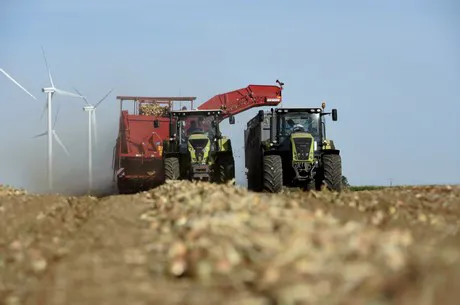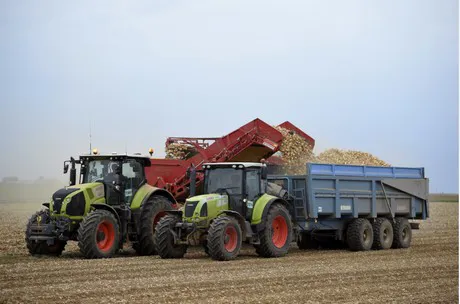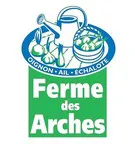The French onion harvest continues. Some significant plots still need to be harvested, but Jean-Luc Parou, general manager of La Ferme des Arches, shares his analysis of the current market situation: “We can now say that we will have a better year than last year in terms of yields, despite the similar weather conditions. So, not an exceptional year but yields that are nevertheless decent with significant heterogeneity depending on the varieties.”

“The harvest took place from June until September this year, in relatively dry conditions, like in 2018. We were able to compensate for the lack of rainfall thanks to our irrigation system, we used it rationally, therefore limiting its impact on the yield. On the other hand, the excessive temperatures combined with multiple irrigation rounds are likely to create sanitary problems for the onion bulbs (bacteriosis and fusariosis), eventually degrading the net marketable volume. Besides, the high temperatures favored a thrips invasion in some regions, which dries up the onion leaves and hampers the growth of the bulbs, and consequently the yields. The quality of the skin, meanwhile, seems very satisfactory with regards to optimal harvest conditions.”

The onion market being a European, and even a global, market, French prices depend on the prices of other producing countries. “We are finishing a very good year in terms of prices. But in Europe, the Netherlands, Spain, Poland hold the price of the year. This season, the Netherlands is the first producing country in Europe, exporting 90% of its production, and claiming a better yield than in 2018, but slightly inferior to the average of the past 10 years.
Given the information we have, although the harvest is not finished yet, we should be moving towards a market that is, balanced at best, if not more likely in surplus, with a supply above the demand and prices which could decrease significantly compared to last year. Besides, in recent years, prices dropped sharply and continue to decrease due to an increasingly abundant offer. The harvest is not finished yet, but we already have some justified fears about the market prospects for 2019-2020,” concludes Jean-Luc.
For more information: 
Jean-Luc Parou
Ferme des Arches
Gommiers - 28140 Terminiers
Phone: 02 37 32 10 10
jparou@fermedesarches.com
www.fermedesarches.com
